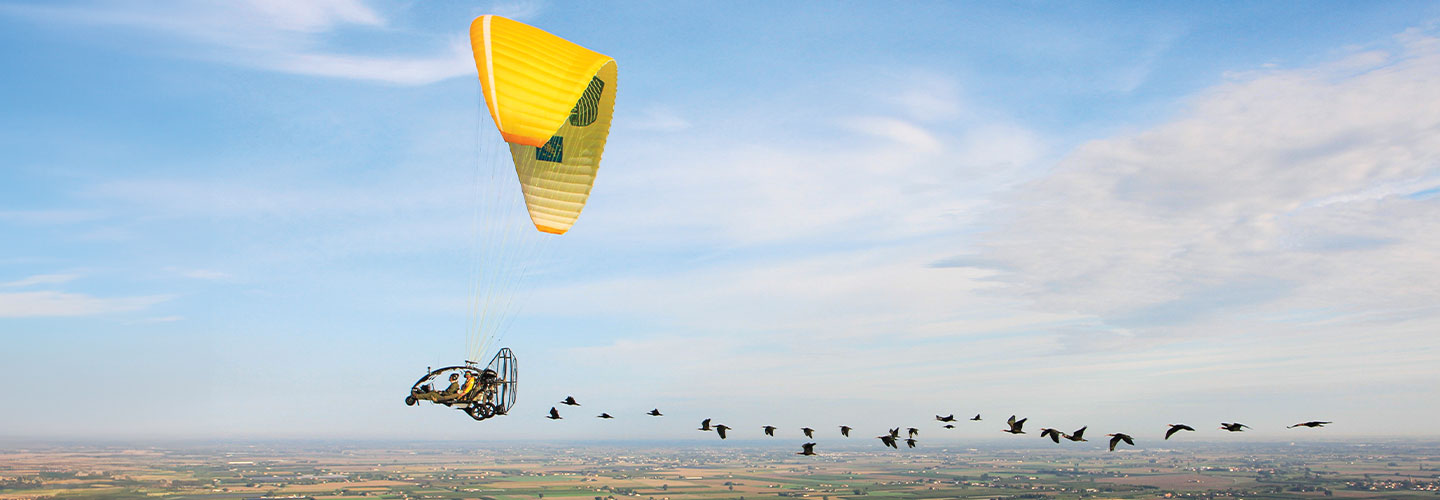Late last summer, biologist Johannes Fritz climbed into a tiny aircraft in a field in Germany. A colleague dressed in bright yellow buckled into the passenger seat. Fritz started the engine. The aircraft took off—with a flock of unusual-looking black birds following close behind!
These birds, called northern bald ibises, once lived across parts of North Africa, the Middle East, and Europe. People hunted them for food, driving them extinct in Europe about 400 years ago. Until recently, all that remained of the species was a wild population in the African nation of Morocco and captive birds in zoos.
Late last summer, biologist Johannes Fritz climbed into a tiny aircraft. A colleague in bright-yellow clothing buckled into the passenger seat. Fritz started the engine. The aircraft took off from a field in Germany. And a flock of unusual-looking black birds followed close behind!
These birds are northern bald ibises. They once lived across parts of North Africa, the Middle East, and Europe. People hunted them for food, until the birds became extinct in Europe. That was about 400 years ago. Until recently, only one wild population remained. It was in the African nation of Morocco. Some captive birds live in zoos.

